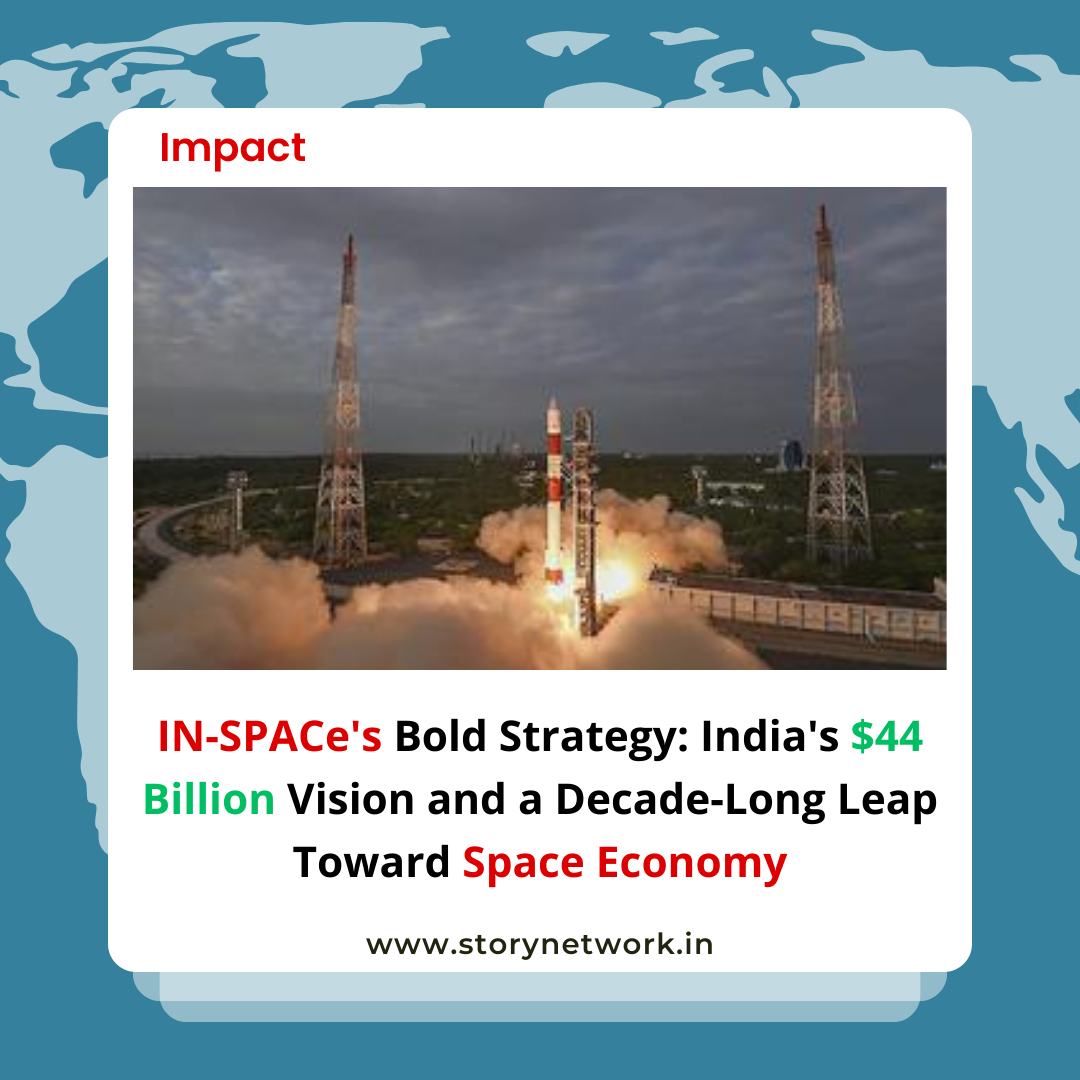In a strategic move that underlines India’s burgeoning aspirations in the space technology sector, the Indian National Space Promotion and Authorization Centre (IN-SPACe) has unveiled a visionary plan for the next decade. With a primary focus on harnessing the potential of startups, IN-SPACe’s strategy is set to propel India into the ranks of dominant global space powers, all while fostering socio-economic benefits.
Startups Take the Lead
At the core of IN-SPACe’s strategy are startups. The agency’s vision underscores the importance of accelerating the growth of the Indian space sector through collaboration with all stakeholders, including private entities. The Chairman of IN-SPACe, Pawan Goenka, emphasizes that ISRO is opening its doors wider than ever to private sector participation, aiming to boost the space economy for a resurgent Aatmnirbhar Bharat.
Key Strategic Goals and Capabilities
IN-SPACe’s visionary document highlights ten key strategic goals and capabilities, all aimed at transforming India into a space superpower. These include:
- Demand Generation: Creating a robust local demand for space products.
- Earth Observation (EO) Platform: Enhancing capabilities for Earth observation.
- Communication Platform: Strengthening satellite communication infrastructure.
- Navigation Platform: Improving satellite-based navigation systems.
- Research & Development: Fostering innovation and technological advancements.
- Ecosystem: Building a thriving space ecosystem.
- Creation of a Talent Pool: Developing skilled professionals for the space sector.
- Access to Finance: Facilitating funding for startups.
- International Synergy and Collaboration: Strengthening global partnerships.
- Policy and Regulation: Ensuring effective governance.
A Visionary Space Economy
India’s space economy is currently valued at $8 billion, representing 2% of the global market share. IN-SPACe believes that India has the potential to expand this to a remarkable $44 billion, capturing nearly 8% of the global share by 2033.
To achieve this, IN-SPACe has identified eight strategic goals and six strategic capabilities, covering a broad spectrum of activities, from satellite communication to facilitating capital for startups. A standout feature of this vision is the emphasis on generating local demand and facilitating access to global markets for ‘Made in India’ space products. The agency encourages co-development and co-production between public and private sectors to accelerate the growth of space technology.
Access to Finance for Startups
Recognizing the critical role startups play in the space industry, IN-SPACe has outlined several areas of intervention. These include providing access to funding through private equity, venture capital, and angel investments. Additionally, the agency advocates for debt financing from banks and non-banking financial companies (NBFCs) to support the burgeoning spacetech startup ecosystem.
Building a Skilled Workforce
IN-SPACe’s vision extends beyond infrastructure and funding. It highlights the importance of creating a skilled talent pool by offering training, skill development, and attracting talent to bolster innovation in the space sector. The aim is to enhance space academic courses and provide comprehensive knowledge in space technology.
Satellite Communication Push
The visionary document also calls for assessing the long-term demand for satellite communication in India and developing plans to meet this demand. It emphasizes the need for connectivity in remote areas through high-throughput satellites (HTS) and satellite broadband services via global LEO/MEO constellations.
As India sets its sights on becoming a space superpower, it opens the doors to private sector players and encourages both domestic and international collaboration. This aligns with the recent news that Amazon is seeking a satellite communication license from IN-SPACe, further indicating the immense growth potential in the Indian spacetech ecosystem.
Seizing the Opportunity
India’s spacetech startups have already made significant strides, with over 150 startups securing more than $285 million in funding between 2014 and 2023. With the global space market projected to reach $1 trillion by 2030, Indian startups are well-positioned to capitalize on the demand and contribute to space technology development on a global scale.
In conclusion, IN-SPACe’s decadal vision and strategy represent a significant step forward for India’s space sector. With a strong emphasis on startups, innovation, and global collaboration, the country is poised to play a pivotal role in the future of space technology. As the world looks to the stars, India is positioning itself to be a guiding light in this exciting journey.
Also read:
IPS Officer Veerendra Mishra: Transforming Lives and Fighting Human Trafficking in Madhya Pradesh
Empower, Educate, Elevate: Komal Dixit’s Journey from Science Student to a Digital Marketing Maven
Dreams to Dominance: Aaquib Wani’s Remarkable Impact on Indian Sportswear Design
Check out our section dedicated to India, where we celebrate inspirational changemakers, explore innovation, entrepreneurship, and sustainability, and delve into the impact of social and governance initiatives. From startups to Art & Culture, Education, Sports, Travel, Health, Lgbtqia+ spotlights, Reading & Books, Entertainment and lifestyle, our insightful articles provide valuable insights for small businesses and curious minds alike.





